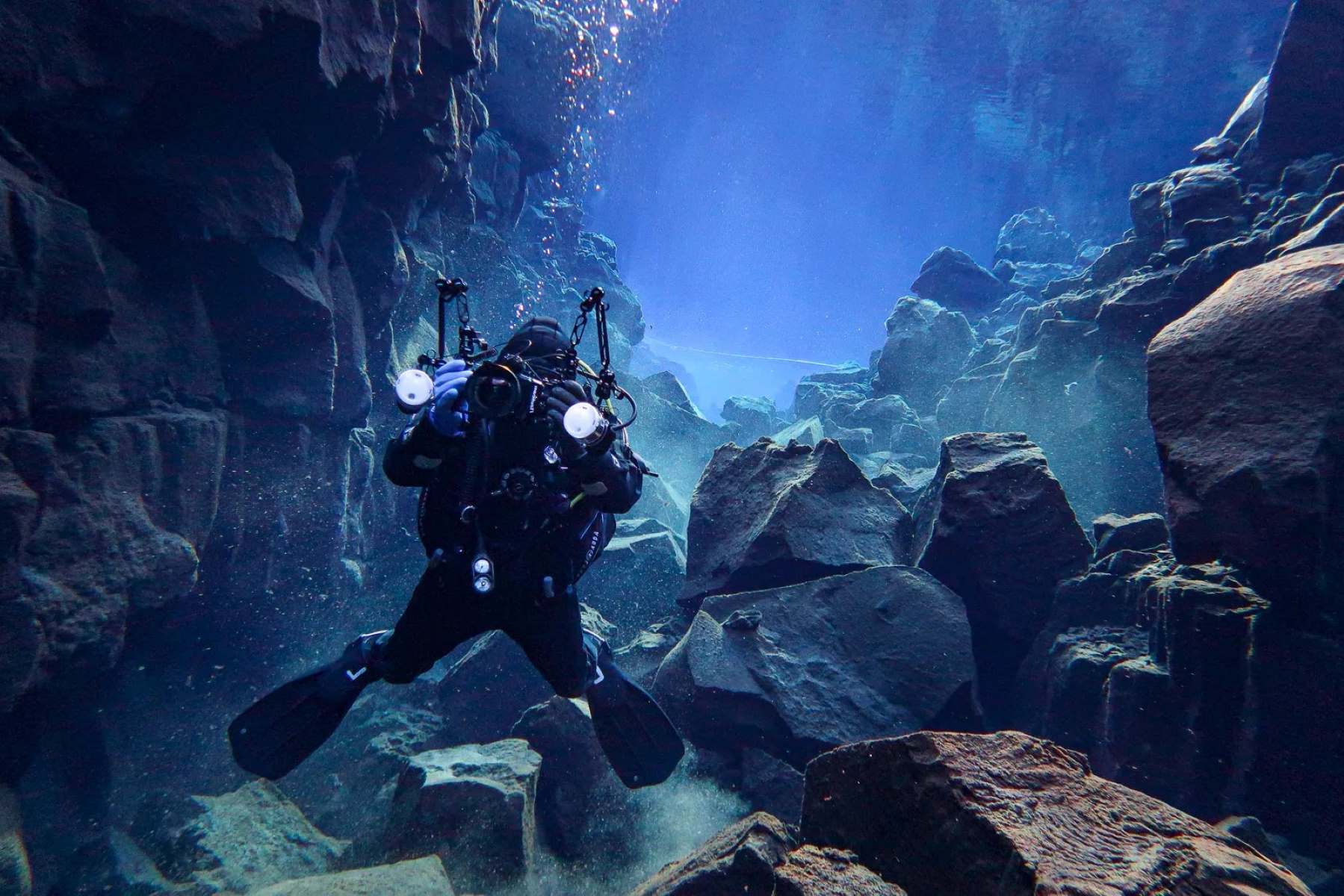Mystery Of Submarine Canyon Heads Off The Continental Shelf

Have you ever wondered about the mystery of submarine canyon heads off the continental shelf? These underwater canyons, carved by ancient rivers and ocean currents, hold secrets of our planet's geological past. Found at the edges of continents, they plunge deep into the ocean, creating dramatic landscapes hidden beneath the waves. Scientists study these canyons to understand sediment transport, marine life habitats, and even potential resources. Imagine standing on a cliff, looking down into a vast, unseen world teeming with life and history. Join us as we dive into the fascinating world of submarine canyons and uncover the secrets they hold.
What Are Submarine Canyons?
Submarine canyons are deep, steep-sided valleys cut into the seabed of the continental slope, sometimes extending well onto the continental shelf. These underwater canyons are similar to those found on land but are submerged beneath the ocean. They play a crucial role in marine ecosystems, acting as conduits for sediment and nutrient transport from the continental shelf to the deep ocean.
How Do Submarine Canyons Form?
The formation of submarine canyons is a complex process influenced by various geological and oceanographic factors. Understanding these factors helps us appreciate the mystery behind these underwater marvels.
Erosion by Rivers
- Rivers flowing from the land can carve out canyons as they extend into the ocean. Over time, these rivers erode the seabed, creating deep valleys.
Turbidity Currents
- Underwater landslides, known as turbidity currents, can rapidly erode and deepen submarine canyons. These currents carry sediments down the slope, carving out the canyon walls.
Tectonic Activity
- Movements of the Earth's tectonic plates can create faults and fractures in the seabed, leading to the formation of submarine canyons. These geological processes can significantly alter the landscape of the ocean floor.
Famous Submarine Canyons Around the World
Several submarine canyons around the globe have captured the interest of scientists and explorers alike. Each of these canyons has unique features and characteristics that make them stand out.
Monterey Canyon (USA)
- Located off the coast of California, Monterey Canyon is one of the largest submarine canyons in the world. It extends over 470 kilometers and reaches depths of up to 3,600 meters.
Zhemchug Canyon (Bering Sea)
- Zhemchug Canyon holds the title of the world's largest submarine canyon by volume. Found in the Bering Sea, it is deeper than the Grand Canyon and spans a width of 100 kilometers.
Amazon Canyon (South America)
- The Amazon Canyon, located at the mouth of the Amazon River, is a massive underwater canyon system. It stretches for over 200 kilometers and is a significant conduit for sediment transport from the river to the deep ocean.
Importance of Submarine Canyons
Submarine canyons are not just geological wonders; they also play a vital role in marine ecosystems and human activities. Here are some reasons why these underwater features are important.
Biodiversity Hotspots
- Submarine canyons are rich in marine life, providing habitats for various species. The steep walls and complex terrain create niches for different organisms, making these canyons biodiversity hotspots.
Sediment Transport
- These canyons act as channels for transporting sediments from the continental shelf to the deep ocean. This process is essential for maintaining the balance of marine ecosystems and supporting deep-sea life.
Fisheries and Resources
- Many submarine canyons are important fishing grounds, providing abundant resources for commercial and recreational fisheries. They also hold potential for mineral and energy resources, making them valuable for economic activities.
Challenges in Studying Submarine Canyons
Studying submarine canyons presents several challenges due to their remote and inaccessible locations. Despite these difficulties, advancements in technology have allowed scientists to explore and understand these underwater features better.
Deep-Sea Exploration
- Exploring the depths of submarine canyons requires specialized equipment, such as remotely operated vehicles (ROVs) and submersibles. These tools enable scientists to gather data and capture images of the canyon's interior.
Mapping and Surveying
- Accurate mapping of submarine canyons is crucial for understanding their structure and dynamics. Advanced sonar and satellite technologies help create detailed maps of the seafloor, revealing the intricate details of these canyons.
Environmental Impact
- Human activities, such as deep-sea mining and fishing, can impact submarine canyons and their ecosystems. Understanding these impacts is essential for developing sustainable practices and protecting these underwater environments.
The Fascinating World Beneath the Waves
Submarine canyon heads off the continental shelf are truly captivating. These underwater valleys, carved by ancient rivers and ocean currents, reveal much about Earth's geological history. They provide habitats for diverse marine life, from tiny plankton to large fish. Studying these canyons helps scientists understand sediment transport, ocean circulation, and even climate change.
Exploring these underwater landscapes offers a glimpse into a hidden world. Advanced technology like sonar mapping and remotely operated vehicles (ROVs) make it possible to uncover the secrets of these deep-sea formations. Each discovery adds to our knowledge of the ocean's complex systems.
Next time you think about the ocean, remember the submarine canyons lying beneath the surface. They are not just geological features but vital parts of our planet's ecosystem. Their mysteries continue to intrigue scientists and ocean lovers alike.

